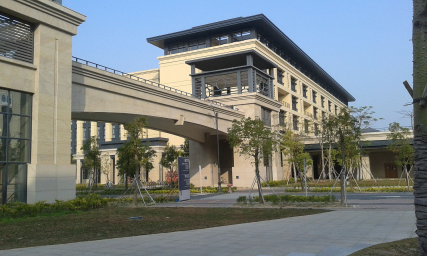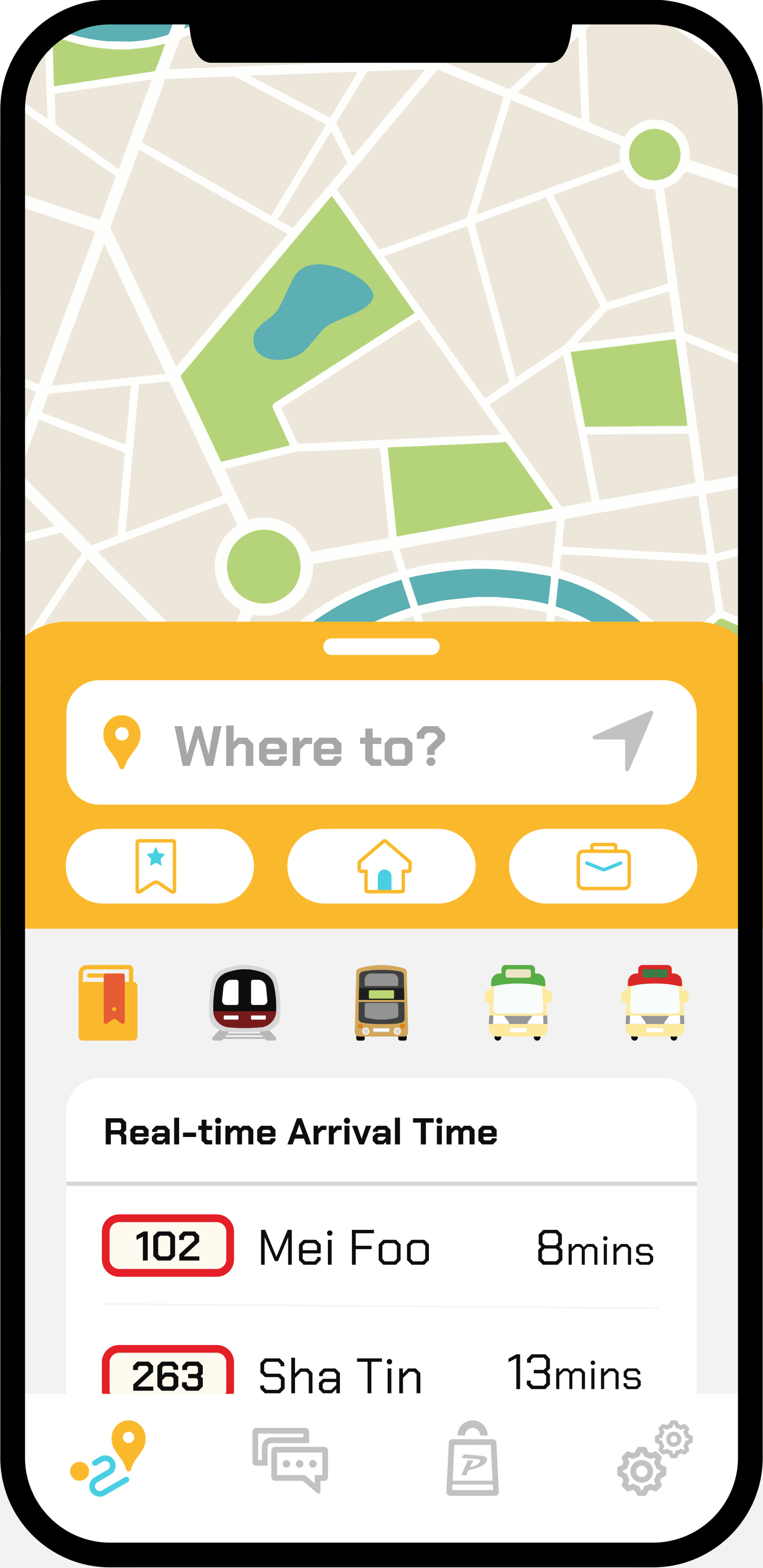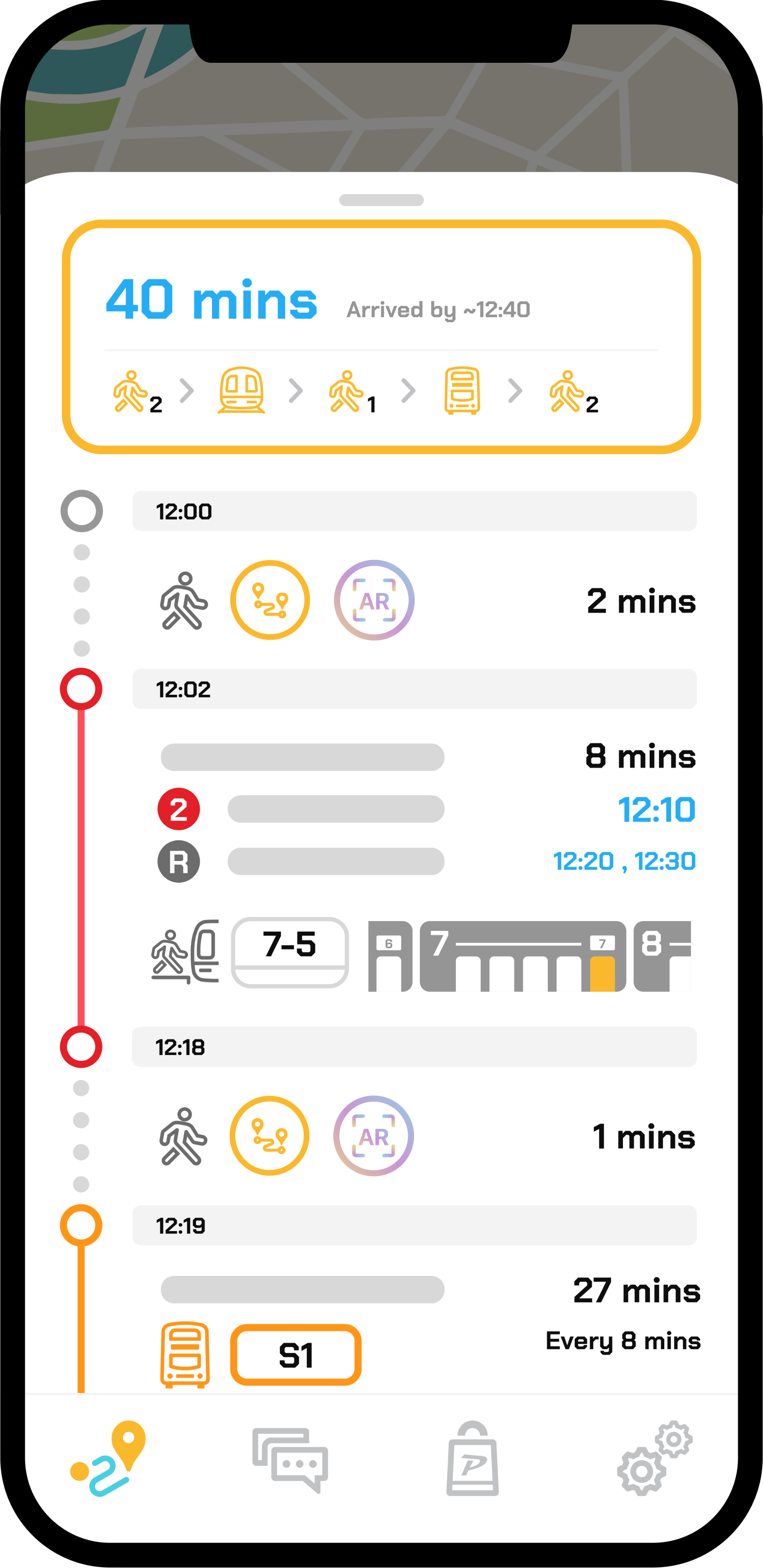Last updated 2024-04-16
Regions

Macau Peninsula
The Macau Peninsula is the most populous and historical part of Macau. It has an area of 8.5 square kilometers (3.3 sq mi) (4 by 1.8 kilometers (2.5 mi × 1.1 mi)) and is geographically connected to Guangdong Province at the northeast through an isthmus 200 meters (660 ft) wide. The peninsula, together with downtown Zhuhai, sits on an island separated from the continent by distributaries of the Pearl River. The Border Gate (Chinese: 關閘; Portuguese: Portas do Cerco) was built on the northern isthmus. At the south, the peninsula is connected to Taipa Island by three bridges, the Friendship Bridge (Ponte de Amizade); the Macau-Taipa Bridge (Ponte Governador Nobre de Carvalho); and the Sai Van Bridge (Ponte de Sai Van). The longest axis extends 4 kilometers (2.5 mi) from the Border Gate to the southwestern edge, Barra (媽閣嘴). There is a western "Inner Harbor" (內港) paralleled by an "Outer Harbor" (外港) to the east. The 93 meters (305 ft) Guia Hill (松山) is the highest point on the peninsula, which has an average elevation of 50 to 75 meters (164 to 246 ft). Many coastal places are reclaimed from the sea. The Historic Centre of Macau, which is entirely on the Macau Peninsula, became a World Heritage Site in 2005.

Taipa Island
Taipa is an area in Macau, connected to Coloane through the area known as Cotai, which is largely built from reclaimed land. Located on the northern half of the island, Taipa’s population is mostly suburban. Administratively, the boundaries of the traditional civil parish Freguesia de Nossa Senhora do Carmo are mostly coterminous with that of the former Taipa Island, except for a portion of the parish that lies on the island of Hengqin (Montanha),housing the campus of the University of Macau.

Cotai
Cotai is a 5.2-square-kilometer (2.0 sq mi) piece of newly reclaimed land on the top of the Seac Pai Bay between Taipa and Coloane islands in Macau, that has made two independent islands become one island, since 2005. Cotai, which is a portmanteau of Coloane and Taipa, can also refer to the entire new island, which was formed by the reclamation. In the second sense, the Special Administrative Region of Macau now consists of the Macau Peninsula, plus Cotai Island, about a mile to the south.Cotai was created to provide Macau with a new gambling and tourism area, since Macau is so densely populated and land is scarce. Many hotels and casinos can be found there now. In 2006, a new hospital was founded in the Cotai area, the MUST Hospital, which is associated with the Macau University of Science and Technology Foundation.

Coloane Island
Coloane is the southernmost area in Macau, connected to Taipa through the area known as Cotai, which is largely built from reclaimed land. Known as “Lou Wan” in Cantonese, Coloane forms the southern part of Macau. Its population consists of several settlements dotted around the parish, such as Vila de Coloane (Coloane Village),Hac Sa, Ká-Hó, and Cheoc Van. Administratively, the boundaries of the traditional civil parish (Portuguese: freguesia) of São Francisco Xavier are coterminous with that of Coloane.

UM & Hengqin
The University of Macau is a public research university in Macau. The university campus is located in the east of Hengqin Island, Guangdong province in Mainland China, on a piece of land leased to the Government of Macau, and is under the jurisdiction of Macau.
Your Pathfinding Guru in Macau
Finding the list above is too lengthy? Simply use Pokeguide app to search how to go from places to places by public transportation. We also have AI ETA that filters relevant ETAs for you smartly!


